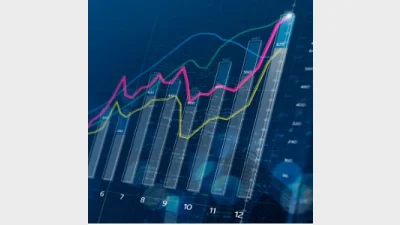Magellan sees modest FUM growth



Magellan has seen a modest uptick in funds under management after months of decline following the firm’s commitment to grow to $100 billion.
Funds under management increased from $50.9 billion to $51 billion in October with growth coming from the global equities and Australian equities arm. This compared to a decline of $3.9 billion in September.
Global equities rose from $26.1 billion to $26.3 billion while Australian equities grew from $8 billion to $8.5 billion.
However, it still experienced outflows with net outflows of $2.4 billion during the month comprised of net retail outflows of $0.4 billion and net institutional outflows of $2 billion. Infrastructure equities fell from $16.8 billion to $16.2 billion.
In October, Magellan experienced net outflows of $2.4 billion, which comprised of net retail outflows of $0.4 billion and net institutional outflows of $2.0 billion.
Earlier in the month, chief executive, David George, told the firm’s annual general meeting that he hoped to grow the business to $100 billion in the next five years.
He sought to do this via potential acquisitions, a diversified product mix, improved performance of the flagship Magellan Global fund and to become the partner of choice for wealth managers.
The firm also underwent a shake-up of its investment leadership with George appointed as chief investment officer and infrastructure manager Gerald Stack appointed as deputy chief investment officer.
Recommended for you
Ten Cap has announced it will launch its first active ETF on the ASX later this month, expanding retail access to its flagship Australian equities strategy.
Flows into cash and fixed income ETFs rose by 46 per cent in October with investors particularly demonstrating a preference for Australian credit ETFs as they move away from AT1 bank hybrids.
Having identified Australia as a growth market, J.P. Morgan Asset Management has collaborated with Betashares to offer two multi-asset managed portfolios on its Direct platform, the first funds on the platform from an external manager.
First Sentier has announced it will transition the Stewart Investors investment management responsibilities to its affiliate investment team in light of three senior portfolio manager exits.












